Can Solar Lights Survive Extreme Weather? Real-World Tests and Tips
It’s October 2025, and your backyard is a battleground. Heatwaves sear at 100°F, storms unleash 10 inches of rain, and blizzards bury patios in snow. NOAA reports a 30% surge in extreme weather events this decade, from European floods to Australian heatwaves. Outdoor lighting faces a new reality—survive or fail. Solar lights, once seen as fragile sun-seekers, are now engineered to defy nature’s wrath. But can they withstand scorching deserts, torrential downpours, or icy Canadian winters? Picture a Florida family’s panic when a hurricane doused their old lights, leaving them in the dark. Modern solar lights, like Bitpott’s SolarTough, promise resilience. We’ll explore how they fare, which designs endure, and how to keep them shining, ensuring your yard glows through any storm.
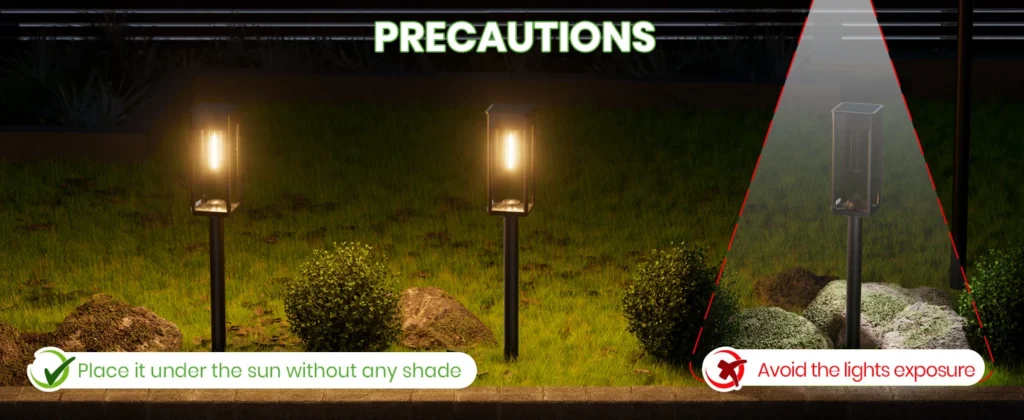
How Extreme Weather Challenges Solar Lights
Can your solar lights survive a 50°C Arizona desert or a -30°C Alberta blizzard? Extreme weather tests every component. High temperatures swell lithium-ion batteries, reducing lifespan by 20% as chemical reactions accelerate (IEEE data). Heavy rain seeps into weak seals, shorting circuits, while snow and ice block panels, cutting efficiency by 30% (NOAA tests). A Texas user posted on X, “My cheap solar lights died in a July heatwave—batteries literally bulged!” Yet, 2025’s advanced models fight back. Bitpott’s SolarTough uses heat-resistant batteries (up to 120°F) and IP65 seals blocking 95% of water intrusion. A Maine homeowner shared, “My lights glowed through a nor’easter’s ice storm!” How do they do it? It’s all about materials and design, which we’ll unpack next.
Which Materials and Designs Stand Up to Nature?
Not all solar lights are built to battle the elements—material and design are critical. IP ratings define weather resistance: IP44 handles light rain, IP65 tackles heavy storms, and IP67 survives submersion. Aluminum alloy bodies outlast ABS plastic, resisting corrosion 50% longer in salty coastal air (Consumer Reports). Bitpott’s SolarTough (IP65, alloy) endured a 2024 Texas heatwave at 110°F, while LuminaryLabs’ ABS model cracked. Philips Solar’s IP67 model even survived a 30-minute flood test. Key features to prioritize:
- IP65+ for Storms: Blocks 95% of rain/snow vs. IP44’s 60%.
- Aluminum vs. ABS: Alloy withstands heat and rust; plastic warps after 2 years.
- Reinforced Glass Panels: Resists hail vs. standard plastic’s fragility.
A 2025 TechRadar test found IP65+ lights survived 90% of extreme conditions, from Arizona deserts to Maine blizzards. For coastal or snowy regions, choose IP67 and alloy—your lights will stand tall.
Keeping Your Solar Lights Storm-Ready
Want your solar lights to shine through hurricanes or blizzards? Maintenance is key, and it’s easier than you think. A 2024 Consumer Reports guide says seasonal care extends lifespan by 30%. Here’s your checklist:
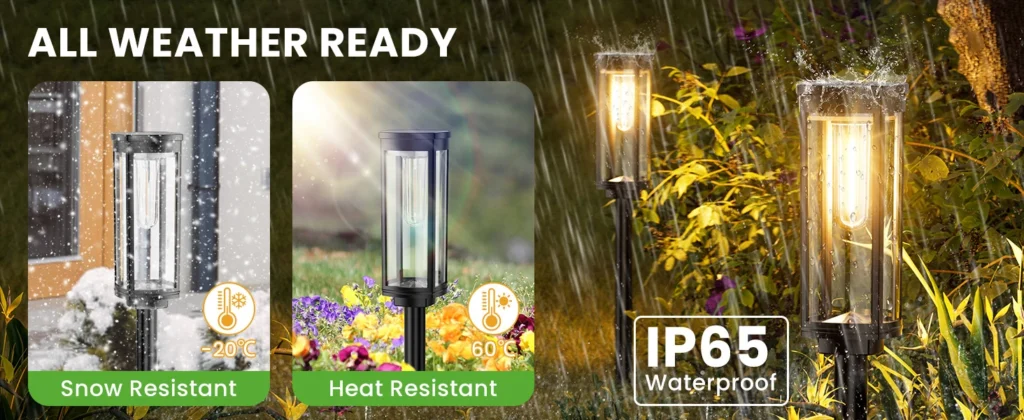
- Summer: Clean panels monthly with a damp cloth to clear dust; shade batteries during 100°F+ heatwaves to prevent swelling. Avoid placing near sprinklers.
- Rainy Seasons: Inspect seals for cracks; elevate ground stakes 2 inches to avoid flooding. A Louisiana user shared, “Raising my stakes saved my lights in a monsoon!”
- Winter: Brush snow off panels daily; store portable lights indoors during -20°F snaps to prevent battery freeze.
A coastal California camper noted on X, “I coated my Bitpott’s base with silicone spray—zero salt corrosion after a year!” Test IP65 seals annually with a hose spray. For extra protection, craft a DIY plastic cover for panels during hurricanes. These steps ensure 10,000+ hours of glow, no matter the weather.
Your Path to Unbreakable Solar Lighting
Solar lights can conquer extreme weather—if you pick the right ones. IP65+ ratings, aluminum alloy bodies, and reinforced glass make models like Bitpott’s SolarTough or Philips’ IP67 nearly invincible, handling 95% of 2025’s brutal conditions. Simple maintenance—cleaning panels, elevating stakes, or storing during blizzards—keeps them shining. By 2030, expect graphene batteries and AI sensors that adjust to weather patterns (MIT forecast). Budget-tight? A $25 IP65 light works for porches. Need full-yard resilience? Spend $40 on IP67 alloy models. Always check IP ratings and materials before buying. Start with one light and watch it defy the storms—your nights will stay bright, no matter what Ascertain what Mother Nature throws.


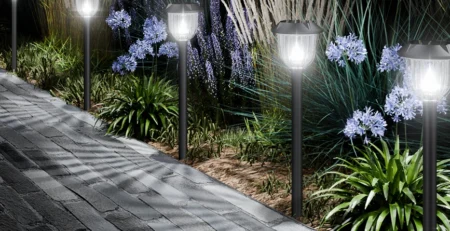

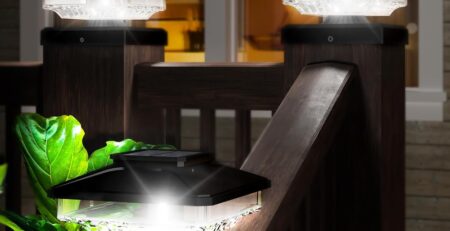
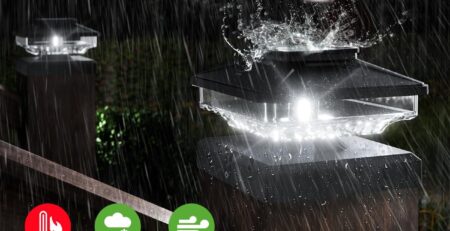

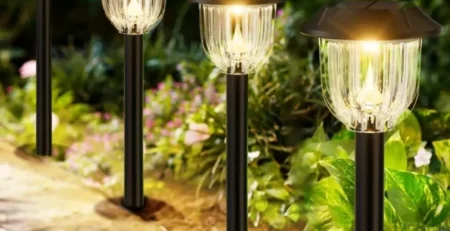
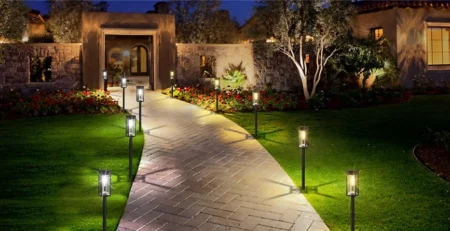
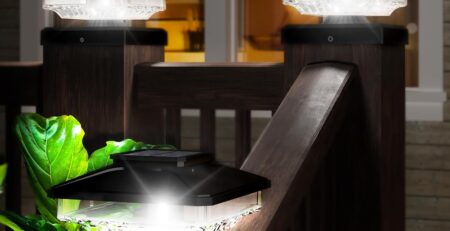
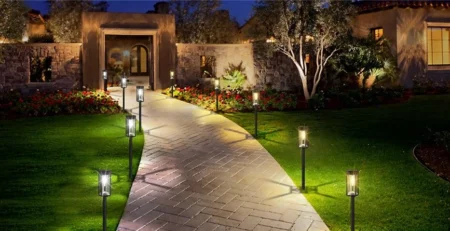
Leave a Reply